
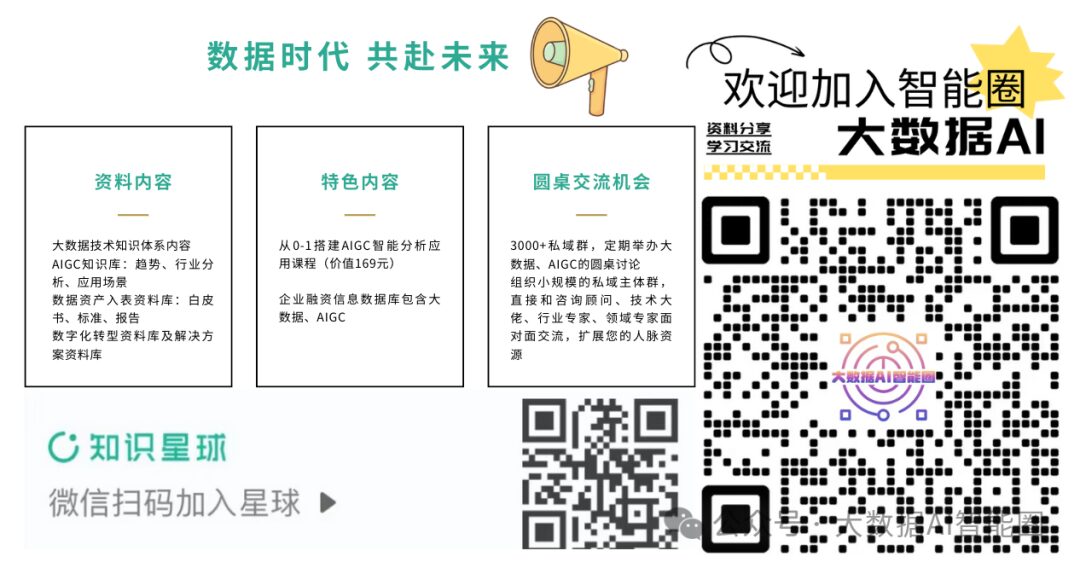
Everyone dreams of a future where an all-powerful AI assistant understands your intentions without you having to explain, efficiently completes tasks without hand-holding, and even proactively plans and thinks for you.
This sounds like a scene from a science fiction movie, but the emergence of AI Agents makes all of this within reach. It’s as if AI has been equipped with “limbs” and a “brain,” capable of perception, thought, and action, making it a “jack of all trades” in the AI world.
Let’s step into the world of AI Agents and see how this “universal assistant” in the digital realm is redefining the future of human-machine collaboration.
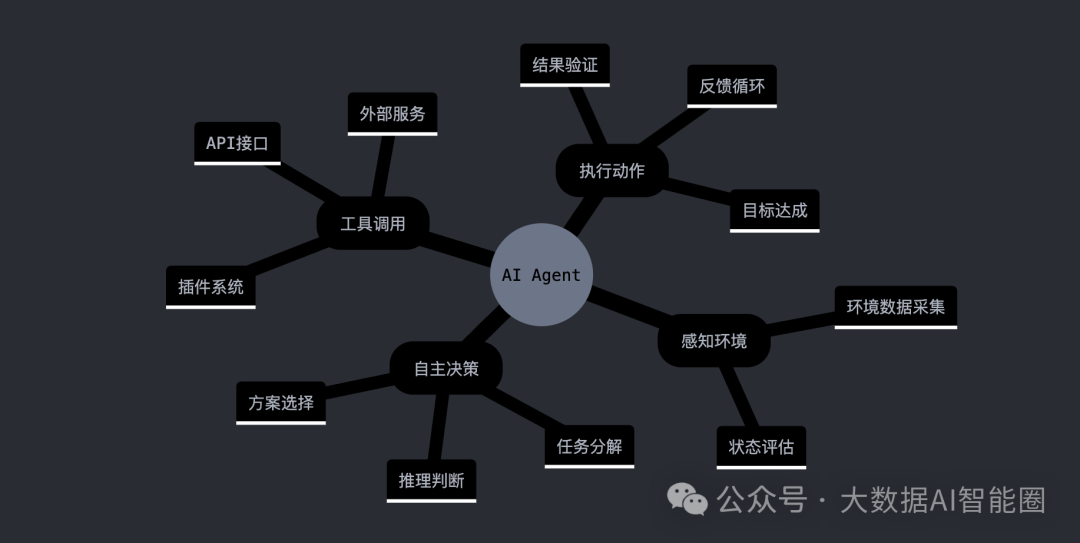
AI Agent: Entering the World of Intelligent Agents
Have you ever wondered what future AI will look like? Not only able to understand human speech, learn to think, but also comprehend your needs and take action. This is the AI Agent – an intelligent entity capable of autonomous perception, thought, and action.
In everyday life, AI Agents are like highly capable assistants. When you say, “Help me book a restaurant nearby,” it won’t simply list restaurants; it will proactively think: first, get location information, understand dining preferences, check restaurant reviews, and finally make the reservation. This layered, continuously optimizing workflow is the charm of the AI Agent.
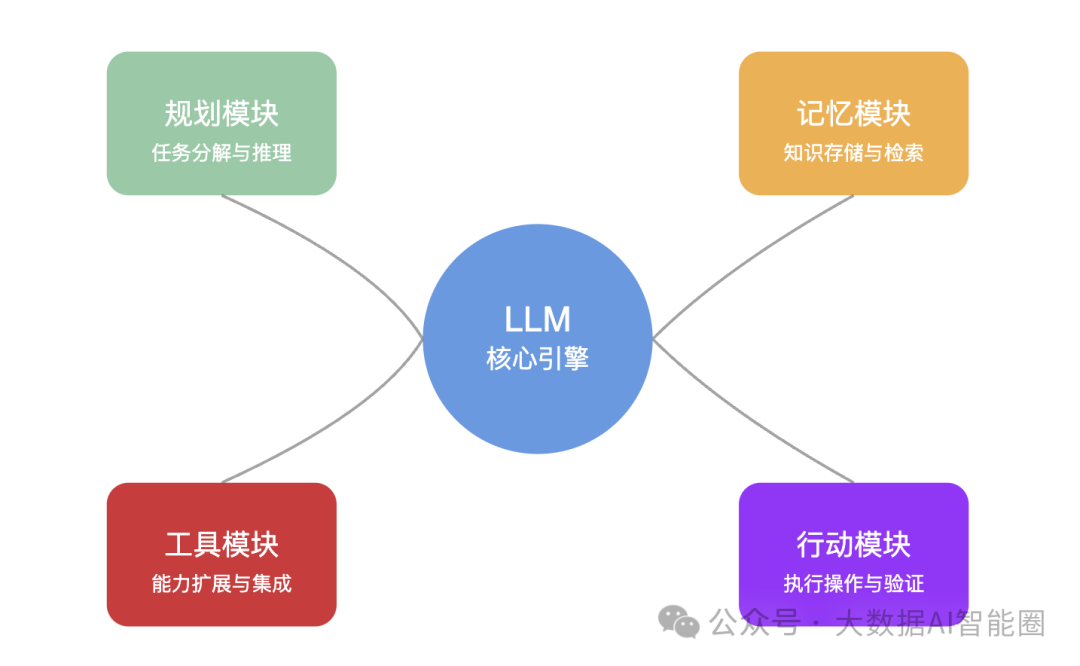
The AI Agent consists of four key modules: the planning module is responsible for task decomposition and reasoning, the memory module stores experiences and knowledge, the tools module provides capability expansion, and the action module executes specific operations. These modules work together, endowing the AI Agent with powerful problem-solving abilities.
The planning module operates like human thought processes. When faced with complex tasks, it first decomposes the task, formulates execution steps, and selects appropriate tools. Throughout the execution process, it continuously evaluates and adjusts until the goal is achieved.
The memory module is divided into short-term and long-term memory. Short-term memory is used to store conversational context, ensuring coherence in multi-turn dialogues. Long-term memory stores persistent information such as user habits and business rules, helping the AI Agent make more personalized decisions.
The tools module gives the AI Agent “superpowers.” By calling various APIs and plugins, the AI Agent can access real-time data, parse documents, generate images, etc. These tools greatly expand the capability boundaries of the AI Agent.
The action module is responsible for executing specific operations. It calls the corresponding tools based on the planning results to complete the designated tasks. It also verifies the execution results to ensure that the expected outcomes are achieved.
AI Agent Changes Enterprise Workflows
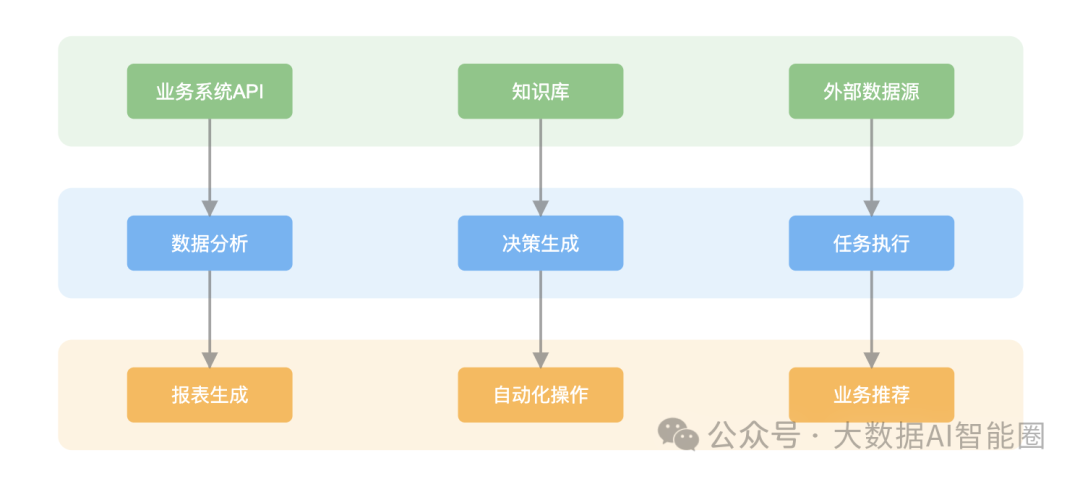
In a CRM system, a salesperson spends a lot of time each week organizing client visit records, opportunity progress, and transaction status, then compiling this fragmented information into a weekly report. This repetitive task is where the AI Agent shines.
The intelligent agent automatically retrieves all business data of the salesperson by calling the CRM system API. It not only knows which clients you visited but also understands the specific content and effectiveness of each visit. By analyzing historical data, it can even summarize your work focus and business characteristics.
When it’s time to generate the weekly report, the AI Agent automatically organizes the week’s work content, sorts it by importance, and writes the report in your style of language. It highlights major progress, marks key nodes, and even anticipates next week’s work focus. This report is not just a simple listing of data but a deeply considered work summary.
In task management, the AI Agent also performs excellently. It understands the task background, automatically breaks down goals, sets reasonable deadlines, and intelligently allocates based on priority. More importantly, it continuously follows up on task progress, reminding relevant personnel at key nodes to ensure smooth project advancement.
Report analysis is another strong suit of the AI Agent. When faced with complex data, it can quickly identify key indicators, discover anomalies, and generate intuitive visual charts. Furthermore, it can provide professional analysis suggestions and optimization plans based on data trend changes.
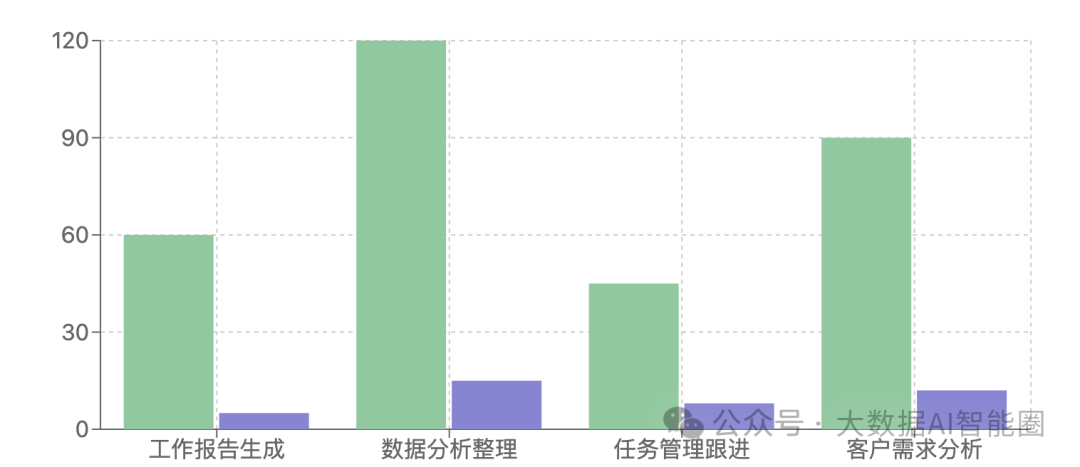
Data shows that the AI Agent can improve daily work efficiency by 5-10 times. In the work report generation phase, the traditional method takes 60 minutes, while the AI Agent only takes 5 minutes. Data analysis and organization have been shortened from 120 minutes to 15 minutes. This not only saves a lot of time but also allows employees to focus on more valuable work.
The AI Agent is reshaping the way enterprises work. It is not just a simple tool but a truly business-savvy, thinking intelligent assistant. Through continuous learning and optimization, its capabilities will keep improving, bringing greater value to enterprises.
AI Agent: Opening a New Era of Intelligent Collaboration

Artificial intelligence is ushering in a whole new era of intelligent collaboration. AI Agents have evolved from basic dialogues to the current stage of tool integration, and will soon move towards true autonomous decision-making. This evolutionary process is reshaping the boundaries of human-machine interaction.
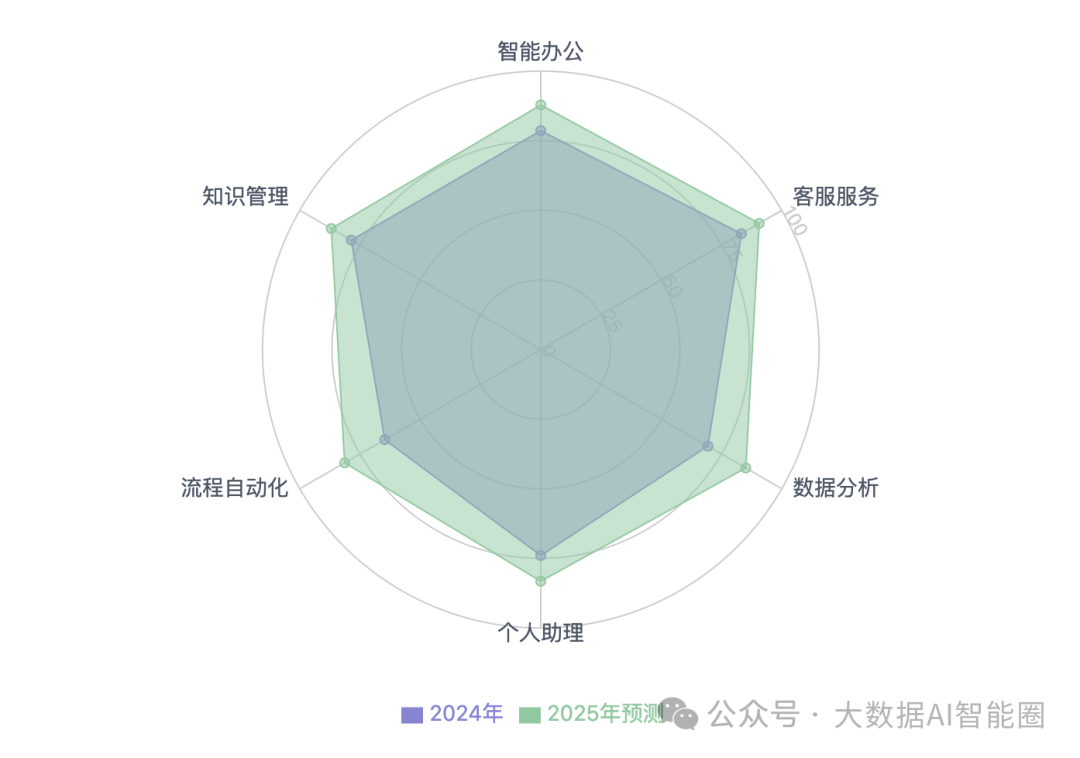
In the field of smart office, AI Agents will achieve true end-to-end automation. They can handle daily affairs and proactively identify problems, providing solutions. In data analysis, they will go beyond simple data processing to possess deep insight and predictive capabilities.
Customer service will see a qualitative leap. AI Agents can understand customer emotions, provide personalized services, and even anticipate customer needs. They are not cold answering machines but empathetic service experts.
In the personal assistant domain, AI Agents will become your “digital twin.” They understand your habits and preferences, can anticipate your needs, and proactively complete various tasks. Whether it’s scheduling, resource recommendations, or life advice, they will be just right.
Knowledge management will also undergo revolutionary changes. AI Agents are not just information storage units, but knowledge connectors and creators. They can organize scattered information into knowledge graphs, providing deep insights.
Process automation will break traditional boundaries. AI Agents can understand business rules, autonomously optimize processes, and achieve end-to-end intelligent collaboration. They are no longer just executors but designers and optimizers of processes.
AI Agents are opening a new era of intelligent, efficient, and human-centered collaboration. In this era, humans will be liberated from repetitive tasks, focusing on more creative and strategic work. AI is not a replacement for humans but the best partner.
If any content involves violations or infringements, please contact the group owner for handling, thank you 🙏🙏


Click the blue text below to follow the intelligent circle